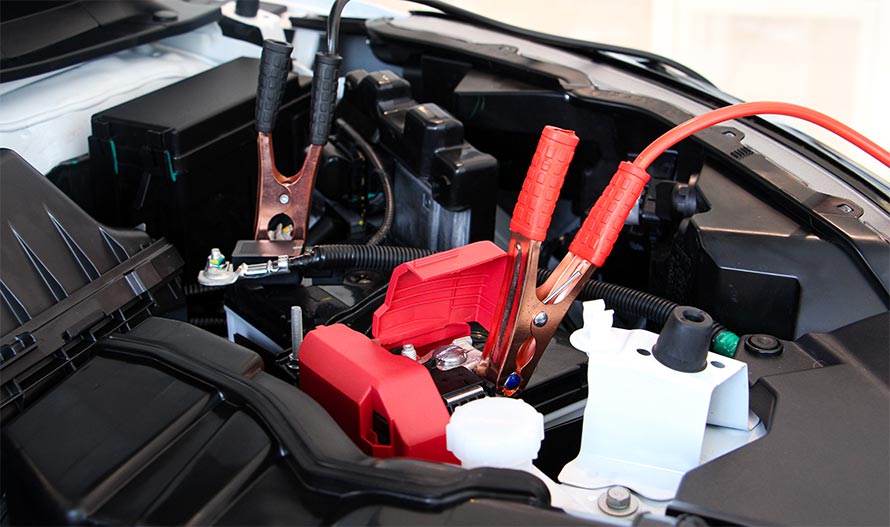
The Crucial Procedures for Car Battery Charging
Using a 12-volt battery charger to charge an automobile battery can take 4–8 hours. If your automobile is parked in a garage with adequate ventilation, you can recharge its battery at home. It may take all day or most of the night to fully charge a battery. Nevertheless, if your automobile is left parked for a few days in between trips, it's a good idea to periodically recharge the battery. A battery might be depleted more quickly than you may realize due to parasitic draw, which is the amps that your car's electronics require from the battery when the engine is off. Your car's electronics will remain dependable and responsive if the battery is charged. However, in a matter of hours, depleted automobile batteries might suffer irreversible harm.Let's review the fundamentals, such as how to charge a battery, how many volts your battery need, and how to choose the best charger. Let's begin.
How a car battery is charged
Before plugging the charger into a power outlet, connect the clamps and disconnect the negative connection to safeguard your car's electronics. After checking the settings, switch on your charger. It may take more than four to eight hours to charge, depending on how poor your battery is.Let's walk you through connecting your battery charger, selecting the appropriate settings, and more.Verify that you are outside or in an area with enough ventilation. Put on safety glasses, gloves, and remove any jewelry. Then, connect a backup as a safety measure.Next, attach a backup battery to the On-board Diagnostics II (OBD-II) connection as a precaution. The onboard computers in your car always require power. Their memory is erased when the power is cut off, which might lead to new car issues like irregular idling.
Cut off the negative terminal. Usually, it's the black one. To keep the terminal from coming into contact with any metal, wrap it in a glove or rag. By taking this precaution, the electronics in your automobile are shielded from the charging voltage.
Attach the charger to the positive and negative terminals of your car's battery. Take care not to contact the negative terminal of your charger after disconnecting it.
Put your battery charger in. Refer to any particular instructions, such as those pertaining to battery type or voltage settings.
Select "flooded" or "wet" as the battery type and set the voltage to 12 volts. In contrast to an AGM battery, improved flooded battery, or lithium battery, the terms "flooded" and "wet" refer to a standard automobile battery. A smart charger may be able to identify the battery type and voltage for you. AGM batteries require a particular method of charging.
Wait till the charger is turned on. It could take four to eight hours, depending on your battery charger, to fully charge your battery so you can start your car a few times. Your battery may take 10 to 24 hours to fully charge. The charger can strengthen the car battery the longer it is charged.
After it's finished, unplug the charger.When the engine is off, a fully charged car battery will have 12.88 volts. When it's finished, the indication light on your charger will turn on. Once more, keep the charger away from the unfastened negative clamp on the automobile.
Reattach the battery to the vehicle's negative terminal. Unplug the backup battery.
How to choose a suitable battery charger for a dead battery.
Battery chargers for cars come in a wide variety. It may sound like a marketing gimmick, but trickle chargers, smart battery chargers, and battery maintainers are all distinct gadgets made for distinct purposes.How long it takes to charge a car battery is the main distinction between battery chargers.
A battery can be charged in 4–8 hours with an automated or smart charger.
These gadgets are made to charge automobiles.These gadgets are made to recharge automobile batteries. While charging your vehicle's battery, a smart battery charger such as the Interstate Guardian 4 will closely monitor voltage and amps. Certain smart battery chargers, depending on the type, may determine whether they are attached to a standard battery or an AGM battery and what amperage is required to charge the battery as fast as feasible. The weakness of your battery and the amp settings that your particular charger employs will determine how long it takes to charge it with a smart charger. When it's finished, your car's battery will be fully charged. When you think you could have a smart battery, smart chargers are a great item to have in the garage.
A car battery can be charged in a few days using a trickle charger.
The trickle charger is another popular kind of battery charger. Trickle chargers, like the Interstate Guardian 1, can take days to fully charge a car battery and only require one or two amps to send power into the battery. Some trickle chargers run on solar power, but the majority plug into the wall. When the battery is full, the majority of trickle chargers will cut off charging. For cars you don't use frequently, trickle chargers are a wise investment.
A car battery can be charged in a few weeks with a battery maintainer.
Battery maintainers, sometimes known as battery tenders, do not actually charge automobile batteries. Rather, they sense the voltage of a battery and increase power to maintain the same voltage. A battery that is 75% charged in the fall will remain 75% charged in the spring if a battery maintainer is connected to it. After a battery runs low, they turn on, and when the battery is returned to its original level, they turn off. Once a battery is fully charged, the majority of automatic battery chargers will perform the function of a battery tender. Deep-cycle batteries, such as those found in boats, are well-protected by battery maintainers.
When fully charged, how many volts should an automobile battery have?
12.88 volts is the voltage of a fully charged automobile battery. The 12-volt electrical system used in cars only differs by 1.04 volts between a fully charged and a dead battery. In actuality, there is only a 0.2 volt difference between a fully charged battery and one that could die in a few weeks. Your battery is weak and has to be recharged if it only displays 12.68 volts.
What is the duration required to recharge a dead automobile battery?
If the battery isn't totally dead and you're using a standard battery charger, it takes roughly 4 to 8 hours. An industrial-grade battery charger would allow you to charge it more quickly. It could take days to use a trickle charger, battery tender, or battery maintainer to recharge a dead car battery.Additionally, it fortifies the battery to help support your entire engine. Your car's battery is capable of more than just starting your engine. It shields your onboard electronics from erratic power surges from the engine. Additionally, it backfills your alternator in the event that your electronics or engine require more power than it can provide at any given time.This is the reason if you've ever noticed that your car responds better immediately after receiving a new battery. A new, fully charged battery actually improves the performance of your vehicle. Cleaning battery corrosion may not be as crucial as recharging your car's battery.
Why does a car battery take four to eight hours to charge?
Heat from charging can harm automobile batteries. Heat from charging can harm automobile batteries. The battery's internal water evaporates if it becomes too hot. Consequently, the inside liquid becomes increasingly acidic. Therefore, the internal components of the battery corrode far more quickly.Car battery chargers are made to charge batteries slowly and at a relatively high voltage. The maximum voltage that battery chargers can get is 13–14 volts. A healthy automobile battery will display 14 volts when you check its voltage with a multimeter while the vehicle is operating because the alternator is attempting to charge it.Consider voltage to be the electrical pressure. To put more power into a battery that is partially charged, a battery charger must use a higher voltage.
It's similar to pumping air into a balloon when charging a car battery.Initially, it's easy to pump a lot of air into the balloon. Then, as it fills up, you have to blow harder. You must blow as hard as you can to retain the air in the balloon rather than blowing back into your face when it is nearly full. Similarly, in order to recharge a battery, battery chargers increase its voltage.However, the maximum voltage at which a car battery may be charged while remaining connected to a vehicle is 16 volts. A charger shouldn't ever reach 16 volts. The onboard electronics in your car could be harmed by that much electricity. Although automatic chargers will take longer to fully charge the battery, they will check the voltage and reduce power to protect an automobile.
The majority of automotive battery chargers employ three stages to charge a battery:
the bulk stage. Because it doesn't need to increase its voltage significantly to fill the battery with amps, the charger can elevate it to 75% in a matter of hours. In order to prevent the battery from overheating, the charger proceeds gently. However, it is far from finished. Your car won't start reliably for very long with a 75% battery.
the stage of absorption. To force the final 25% into the battery, the charger must now increase its voltage. The battery's voltage recovers to its typical 12 volts while it charges. To fully push power into the battery, the charger requires additional voltage.The charger slows down because higher voltage may cause the battery to overheat. Hours may pass before its increased potency is fully absorbed.
the phase of float. Until you're ready to remove the battery from the charger, this phase maintains the battery's voltage. The charger now becomes a trickle charger as your battery is at 100%. An idle battery will eventually lose its charge, after all.
The reason your automobile battery takes so long to charge is to protect it from heat. Therefore, to extend the life of your battery, charge it in a chilly environment. It will probably take more than one afternoon. It can take the entire day to fully charge your battery. Avoid removing it from the charger too soon. Otherwise, you run the danger of subsequently needing a boost. A depleted battery won't perform the same functions as one that is fully charged.
Is it possible to use a jump starter to charge an automobile battery?
No, your car's battery is not charged by jump starters. All they do is supply power to the starter (via your car's battery) so you can start up again. If you need to get going, these gadgets—which range from the big box profile to jump packs that are small enough to fit in a purse—can all save you time and money. Because jump-starters have a significantly smaller power profile, they are not a good source of power for your automobile battery. To turn the starter, they will provide 12 amps to 14–15 volts. Compared to the hundreds of cold cranking amps seen in a normal automotive battery, that is a huge difference. Additionally, these amps bypass the battery. The alternator recharged while you were driving, which is why you may notice an improvement in your car's battery performance after utilizing a jump starter. Nevertheless, in order to recharge your car's battery, you must drive quickly for a considerable amount of time.
After driving a car, how long does it take for the battery to charge?
Too much time. You must drive for four to eight hours at highway speeds in order to charge a car battery. The alternator is a bad option if you're looking for a good battery charger. Regardless of what you may have heard, 30 minutes is not enough to adequately charge your car's battery.Although the alternator in your car charges the battery, its primary function is to power the onboard electronics. If the engine is running, the alternator powers all of the engine sensors, light switches, digital screens, clocks, USB ports, and more. If the engine is off, the battery powers them. The alternator is powered by the engine's rotation, as indicated by the tachometer on your dashboard. Before the alternator begins charging the automobile battery, the majority of cars must be operating at more than 1,000 rpm.
Can a dead battery be recharged?
No, a completely dead battery cannot be fully recharged. Permanent harm has already begun if any automotive battery has fallen to zero percent charge. Whether you can replenish it quickly enough to stop further damage is the only concern. You could greatly recharge it if you're quick. Some deadened internal components may even be reactivated with the correct battery charger.It results from a process known as sulfation. The components that contained the electricity literally harden. The lead's hardened patches and spots are no longer able to retain an electrical charge. The battery can't hold as much power if there are too many of those patches and spots on the lead.The sulfuric acid and water within an automobile battery form a bond with the lead plates as it generates electricity. While the liquid mixture primarily becomes water, the lead transforms into lead sulfate. The lead and sulfur molecules are separated when the battery is recharged.
That bond solidifies if you don't recharge it within a few hours.A broken battery will never fully recharge. The battery may only charge to 50% before shutting off if it was at 50% when it sulfated. even after charging it for a few days.Recycle a dead car battery rather than attempting to repair it.Your car will suffer greatly from a permanently broken battery. Your engine will be the only thing held back. In the worst case, it might damage your alternator or, if the alternator requires assistance, leave your gadgets without power. Using too little electricity can lead to annoying issues that are challenging to identify. They are called gremlins by shop technicians. They may be as gentle as windows that are reluctant to open.

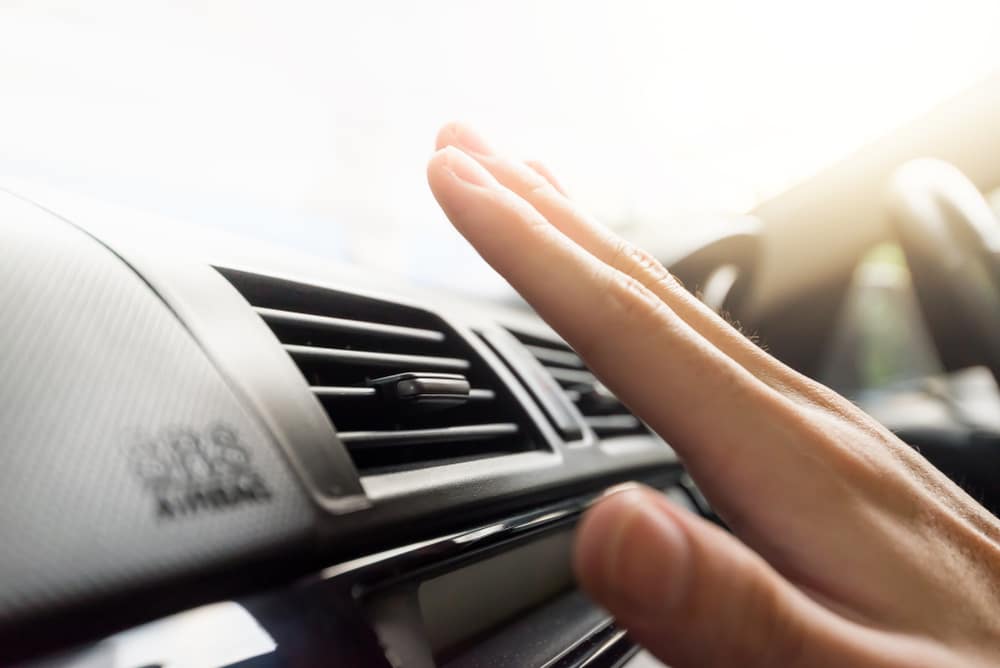
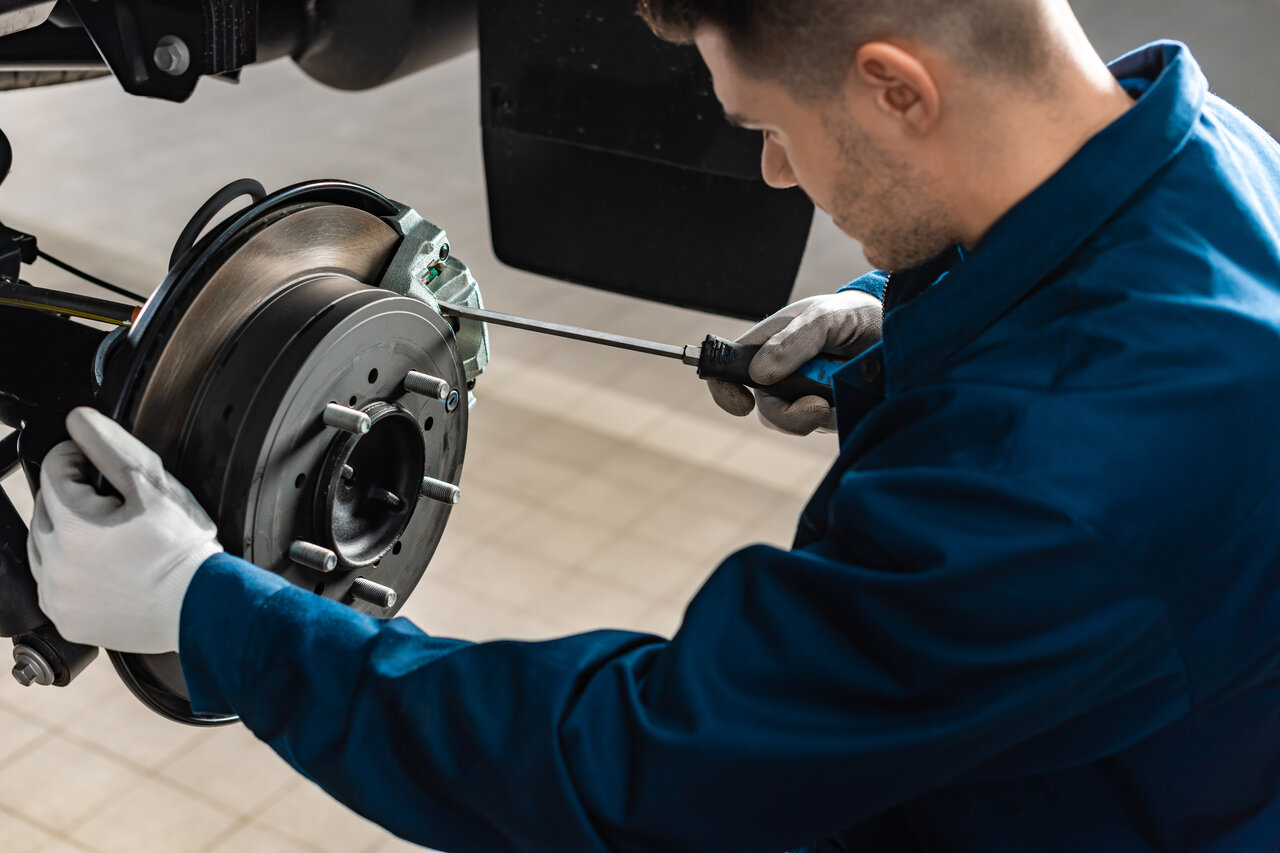
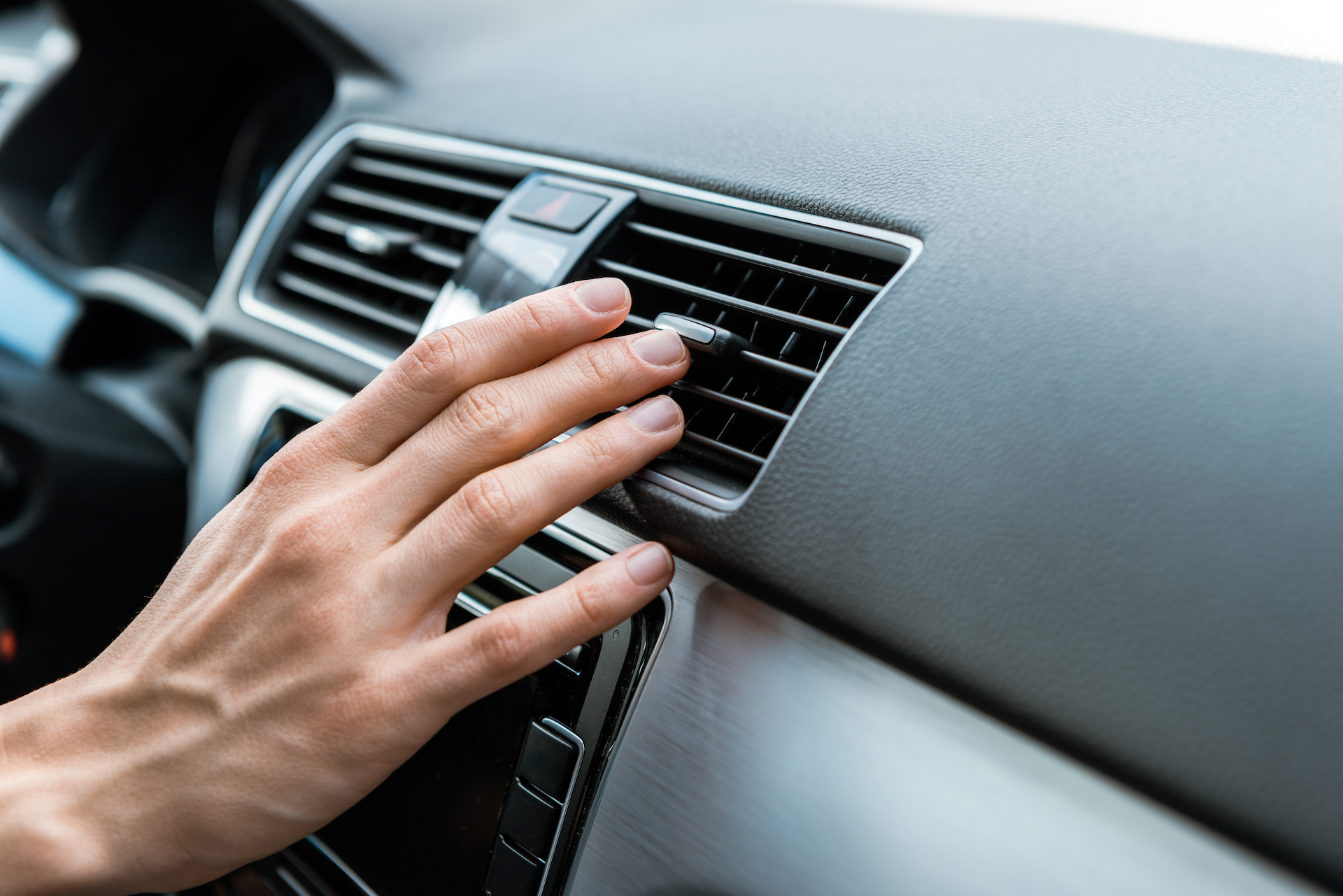
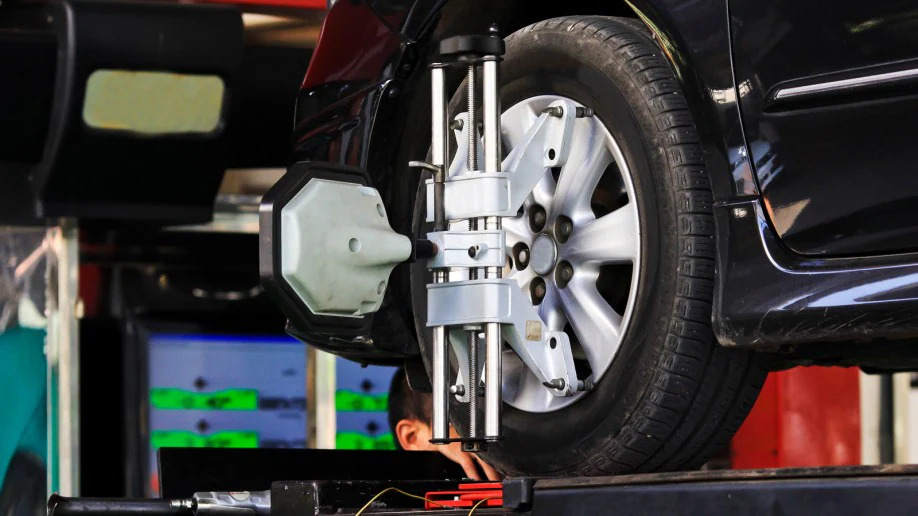
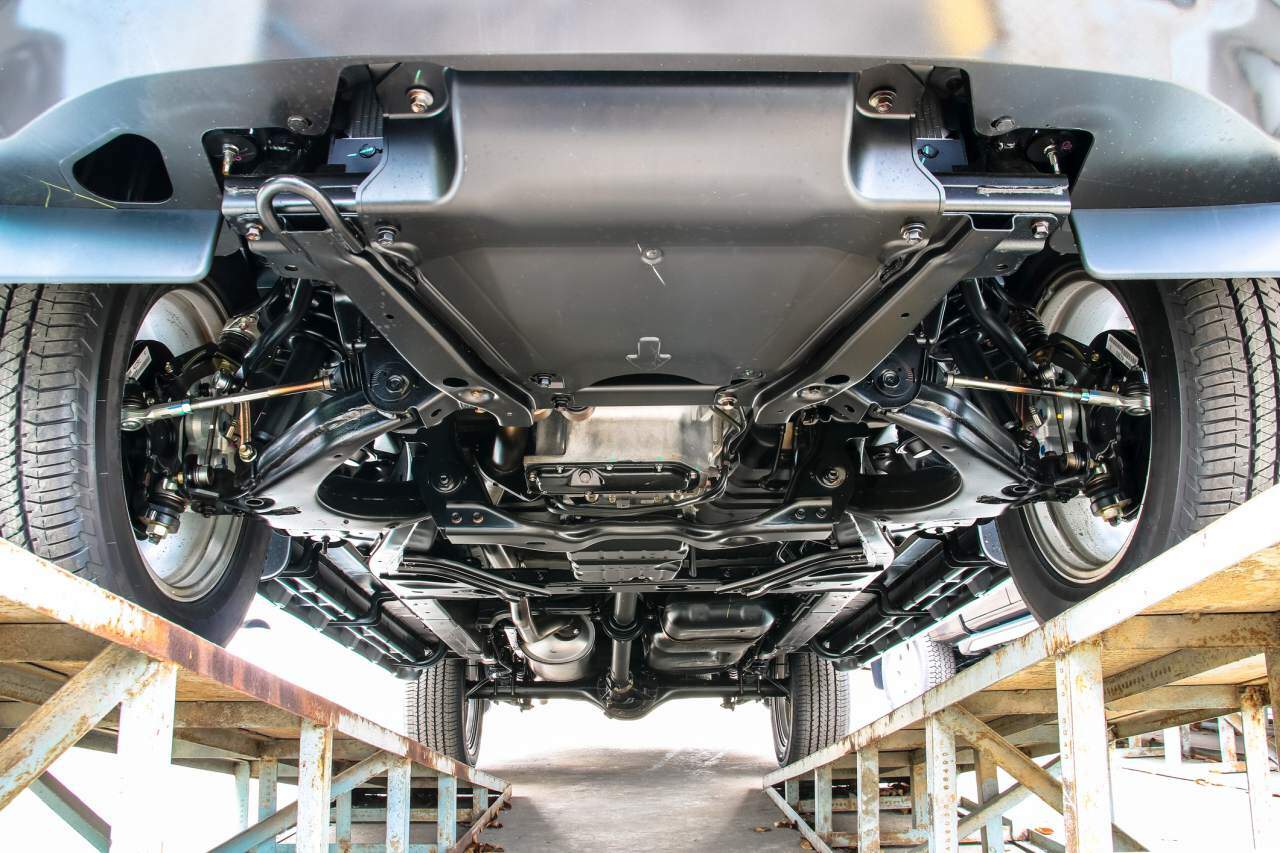
comments 0